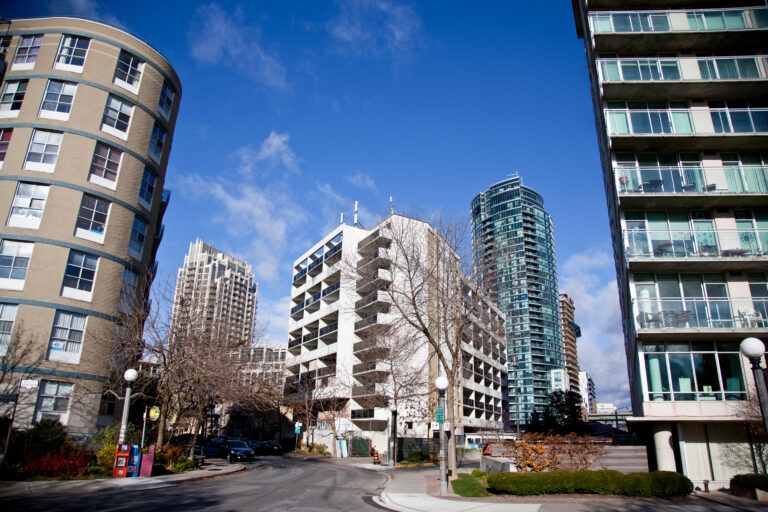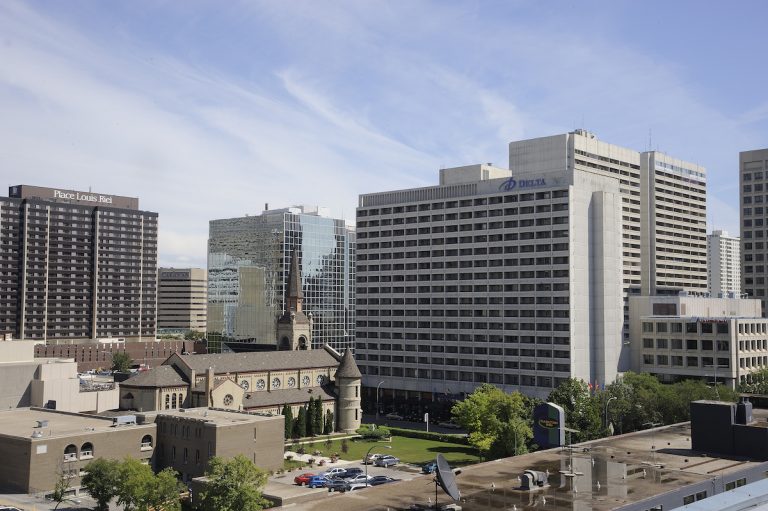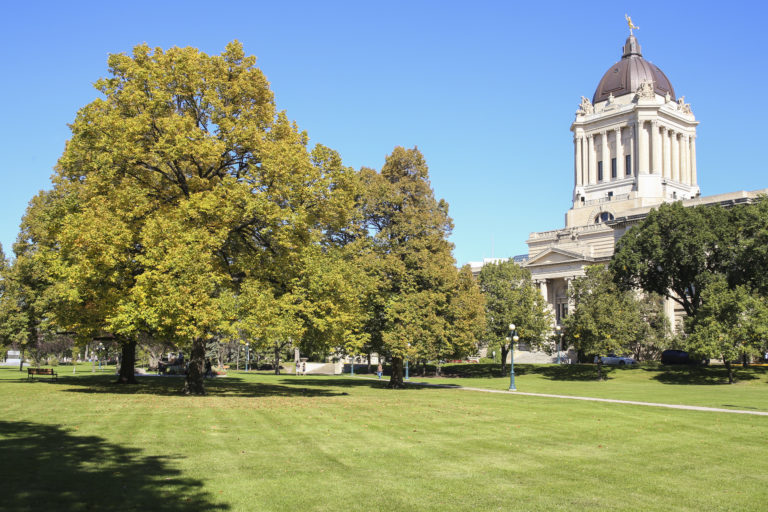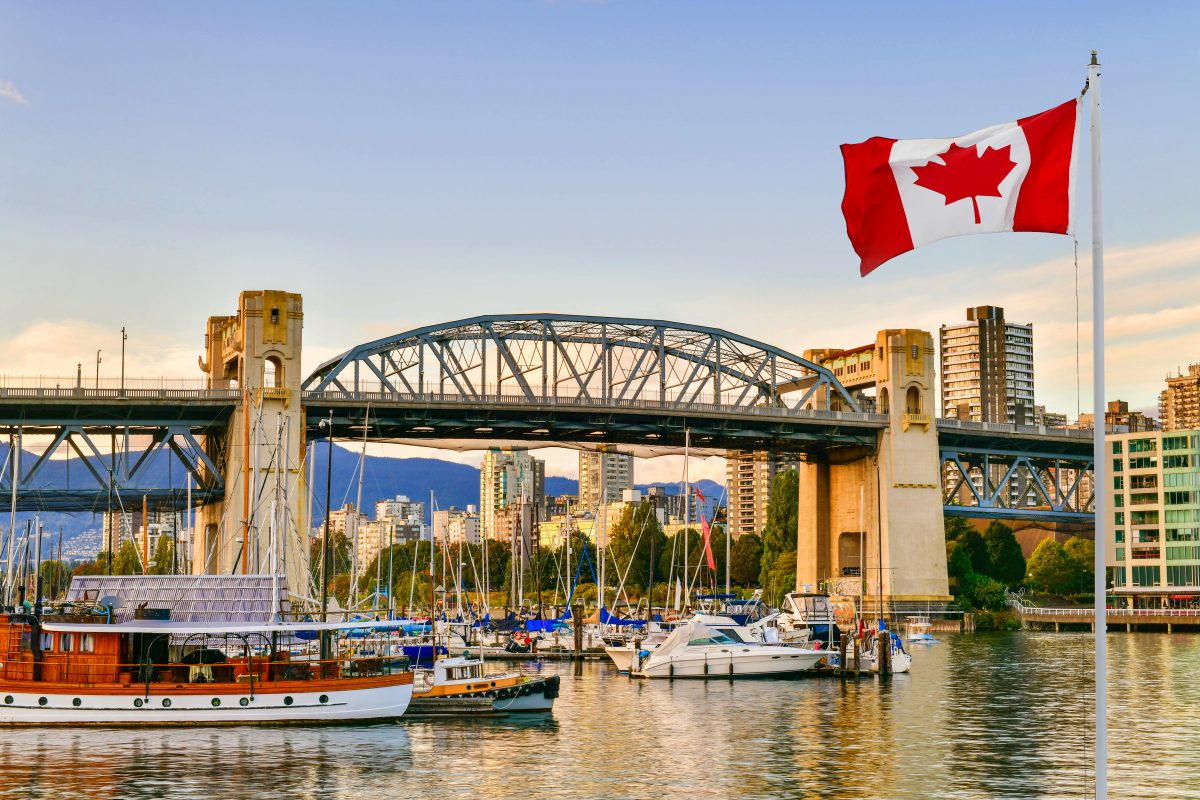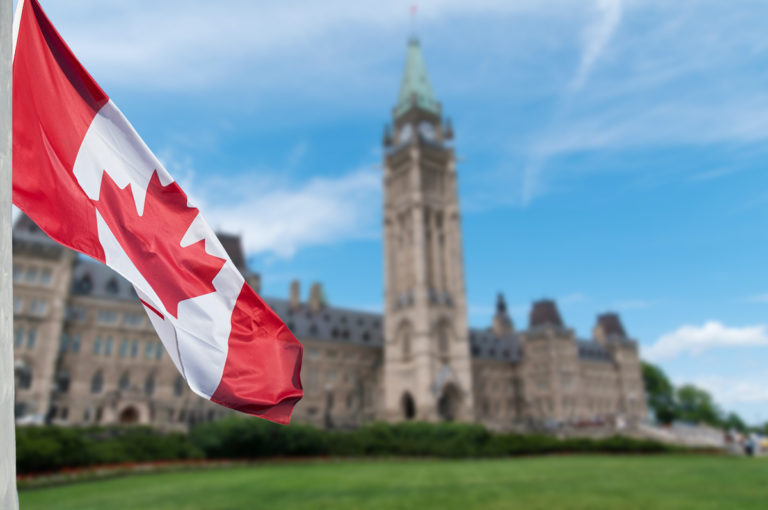The lack of a Canadian credit history can cause difficulties when renting apartments for immigrants, including temporary foreign workers, international students and new permanent residents.
In a report on the situation facing newcomers to Canada, the Canadian Centre for Housing Rights (CCHR) recommends that governments step in to help.
“In many instances, a lack of Canadian credit history or guarantor are the basis upon which housing providers deny housing to newcomers,” note the report.
“Knowing this, the government of Ontario and the government of Canada should establish no-fee guarantor services to support newcomers to access housing upon arrival in Canada.”
Read More Canada Immigration News
All You Need To Know About Opening A Bank Account As A Newcomer To Canada
Trudeau Says Quebec Well Able To Welcome More Than 100,000 Immigrants Per Year
Canada Immigrants Weathered Impact Of COVID-19 With Language Skills And Education
Throughout its report, the CCHR categorizes the difficulties newcomers have in renting apartments by their marital status and race and references a survey it conducted more than a decade ago.
“While the report estimated a rate of discrimination of 14 per cent for lone parents overall, this figure jumps to 26 per cent for Black lone parents specifically,” states the report.
The report does, however, recognize that financial considerations, rather than or in addition to racial bias and discrimination, are at the core of many of the difficulties faced by newcomers to Toronto.
“The barriers to accessing rental housing are particularly acute for newcomers, who lack employment or credit history in Canada, and are effectively shut out of even applying for many apartments in Ontario’s tight rental market,” the report states.
The report also notes that many newcomers simply cannot afford the high rental rates in Toronto, some of the highest rents in Canada.
“A key systemic contributor to a newcomers’ struggle to secure rental housing in Toronto is a shortage of affordable rental housing supply. Frequently, units advertised in Toronto are simply out of reach for newcomers, many of whom arrive with limited savings and are living on low incomes,” notes the CCHR.
Watch Video
“The barriers to accessing rental housing are compounded by the common practices of housing providers imposing larger deposits and advance payments of rent, which they tell applicants they require because they do not have a Canadian guarantor, credit, or employment history.”
Since discrimination based on race is already illegal in Canada, the best strategy for foreign nationals considering immigration to Toronto is to simply build a Canadian credit history prior to arriving in the country and looking for an apartment.
Temporary and permanent residents coming to Canada can do that by opening bank accounts in this country even before leaving their home countries. Having a Canadian bank account will also spare these newcomers from foreign currency conversion fees when they use their credit cards obtained in their home countries.
Open A Canadian Bank Account Before Immigrating To Canada, Says Expert
“Newcomers may be able to use their Mastercard or Visa debit/credit cards from banks in their home country for a while after arriving in Canada. However, this is not ideal on a long-term basis due to on-going foreign currency conversion fees,” Dr. Enoch Omololu, Savvy New Canadians’ resident personal finance expert, told Immigration.ca.
“It is better to open a new bank account here so they can start building a Canadian credit history which comes in handy when they need to apply for credit later.”
The personal finance expert says getting a bank account in Canada should be the number two thing on any newcomer’s list of things to do, second only to getting a Social Insurance Number.
“This is because they need access to a bank account for many day-to-day activities, including making and receiving payments, as well as getting a credit card,” said Omololu.
When foreign nationals first arrive in Canada, they often have a lot to learn about how the banking system works here and how to handle their personal finances in this new country.
“I have come across people who do not understand that they need to use credit in order to build credit history and improve their credit score,” said Omololu. “On the flip side, there are newcomers who see easy access to credit as a way to overspend and they quickly get into debt.”
Getting a bank account in Canada isn’t particularly difficult as many financial institutions have services specifically tailored to newcomers. But the type of documentation a newcomer will need to provide to the bank to verify his or her identity – and the kinds of services for which they may qualify – can depend on whether he or she is here under a temporary visa, like an international student, or coming here as a permanent resident.
“The documents required to open a bank account in Canada are tied to a newcomer’s ability to stay here legally,” said Omololu. “For example, a permanent resident would need to present their passport and Permanent Resident Card or applicable Immigration, Refugees and Citizenship Canada (IRCC) forms.
“An international student would need to show their student visa and may also be asked for proof of enrollment at a school. Foreign workers would be required to show a valid work visa.”
Immigration Status Often Determines Paperwork Needed To Open A Canadian Bank Account
A newcomer’s status in Canada can also determine the level of services he or she may receive.
“More account types tend to be offered to those here on a permanent basis, for example, products like mortgages, lines of credit, and other credit facilities. Also, a permanent resident may be offered a $5,000 higher credit limit on their credit card application whereas a student on a student visa may qualify for $1,000 to start.”
When newcomers struggle with English and French, some financial institutions – but not all – can offer customer support in other languages.
“This is an area that financial institutions need to work on,” said Omololu. “Some banks do offer customer support in other languages outside of English and French, but these are few and far between. Multilingual services are available at Scotiabank, TD Canada Trust, RBC, and a few others.”
Opening a Canadian bank account requires filling out a few forms and transferring funds to the Canadian bank while the foreign national is still in his or her home country.
“When you arrive in Canada, you then need to visit a branch to complete the process,” said Omololu.
On the Savvy New Canadians website, the personal finance expert has ranked what he figures are the best newcomer bank accounts at bricks-and-mortar financial institutions in Canada. They are:
Scotiabank’s StartRight Program
StartRight offers newcomers who have been in Canada for under three years access to a free chequing account for 12 months, savings, credit cards, mortgages, personal loans and free credit scores. With a Scotiabank Preferred Package Chequing account, the bank’s clients get:
- up to a $300 bonus when they meet the eligibility requirements;
- no monthly fees for 12 months (costs are $16.95 after the first year but can be waived if the account holder maintains a minimum balance of $4,000;
- unlimited debit and Interac e-transfer transactions;
- one free withdrawal per month from a non-Scotiabank ATM;
- access to a high-interest savings account;
- up to $139 in fees waived on Scotiabank credit cards in the first year;
- free credit scores, and;
- rewards on debit transactions via the Scene+ Rewards program.
RBC Newcomer Advantage
The RBC Newcomer Advantage is offered to permanent residents and international students and allows bank clients to open an RBC No Limit Banking account or RBC VIP Banking account and pay no monthly fees for 12 months. Afterwards, these accounts cost the account holders $10.95 per month or $30 per month respectively. The RBC No Limit Banking comes with unlimited debits and Interac e-transfers and:
- two free international money transfers per month for six months, and;
- access to credit cards, mortgage, car loans, business bank accounts, and investments.
HSBC Bank Canada Newcomers Program
An international bank, HSBC Bank Canada understands the challenges of moving to a new country and offers bank accounts and services uniquely suited to newcomers, including multi-currency savings accounts, globally-accessible bank accounts, and no-charge wire transfers, noted Omololu in his ranking of the bank accounts.
A new HSBC Chequing Account comes with what is billed as up to $1,650 in value with HSBC’s Newcomers Program.
“HSBC provides offers to help newcomers begin their successful journey in Canada while staying connected back home,” noted Omololu. “Whether establishing the basics like opening a chequing account for payroll deposit, sending money back home to family, or building credit with one of HSBC’s credit cards, HSBC lets you do more with your money.”
CIBC Welcome To Canada Banking Package
This bank’s Welcome To Canada Banking Package is available to newcomers who obtained their permanent resident status within the past five years. It’s Smart for Newcomers account offers:
- no monthly fees for one year (and then charges $14.95 per month afterwards);
- unlimited debit and Interac e-transfer transactions, and;
- a free safety deposit box for one year with the cost being $60 per year afterwards.
Newcomers can also access various credit cards, mortgages, personal loans, and investment products.
BMO NewStart Program
Another bank program tailored to newcomers who have been in Canada less than five years, the BMO NewStart Program offers one year of free banking under its Performance Plan. This banking package comes with:
- no monthly account fees for one year (the fee is then $15.95 per month afterwards but can be waived with a $4,000 daily balance);
- unlimited debit and Interac e-transfer transactions;
- one free non-BMO ATM withdrawal per month in Canada, and;
- a free small safety deposit box for one year (with the fee becoming $55 per year afterwards).
Newcomers also get access to other banking products including credit cards, international money transfers, investments, and mortgage loans.
TD New To Canada Banking Package
TD’s New to Canada Banking is for permanent and temporary residents who have been in Canada for two years or less and offers through its TD Unlimited Chequing Account:
- no monthly fees for six months (with the monthly fees becoming $16.95 per month afterwards but are waived with a $4,000 balance);
- unlimited transactions (debit and Interac e-transfers);
- no TD fees on any ATMs in Canada;
- a $20 discount off select TD credit cards during the first year, and;
- one free international money transfer per month for six months.
TD also offers a variety of credit cards, loan products, investments, and savings accounts. Before a foreign national ever opens a bank account, though, he or she should spend a bit of time realistically considering his or her banking needs.
That includes determining roughly the number of banking transactions made on that bank account every month, the account holder’s degree of comfort with online banking, and whether he or she will want credit cards, mortgages, savings accounts, and investment vehicles – and whether he or she wants all those services from the same financial institution.
